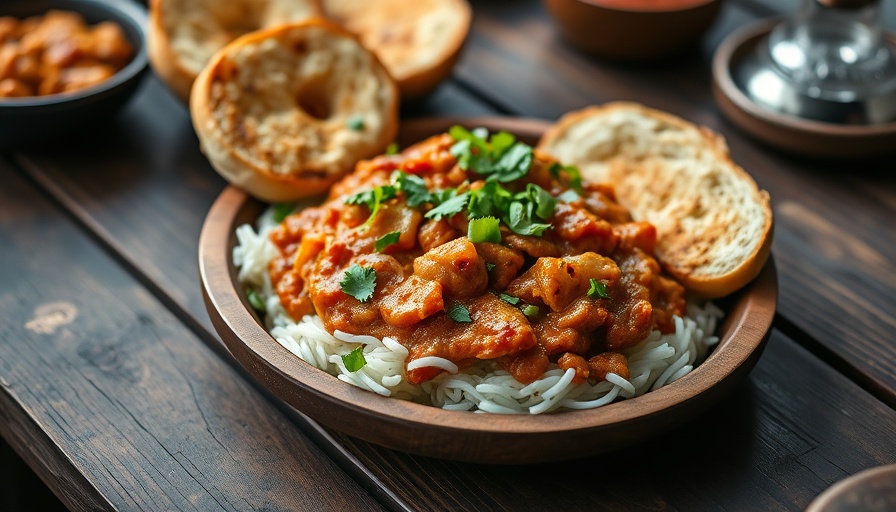
Delving into the origins of pav bhaji
Pav bhaji is not just a dish; it's a culinary delight with a rich history. Emerging from the bustling streets of Mumbai in the 1850s, it was born out of necessity. Textile mill workers craved a quick, hearty meal during their short breaks. Vendors took leftover vegetables, mashed them, and cooked them with spices—a clever way to reduce waste while creating something delicious. Paired with buttery pav (a type of soft bread roll), this dish quickly became a hit, spreading across India and gaining popularity among all demographics.
How to make pav bhaji at home
You don't need to be an expert chef to recreate this street food classic. Begin by gathering your ingredients. You'll need potatoes, cauliflower, carrots, peas, tomatoes, butter, spices like cumin and garam masala, and of course, fresh pav. The preparation is straightforward: boil the vegetables, mash them, and sauté with sautéed onions and spices until fragrant. The result? A creamy, vibrant mixture that brings the streets of Mumbai to your kitchen.
Pav bhaji's cultural significance
In every corner of India, pav bhaji is a social affair. Whether it's street vendors dishing it out to eager customers or families enjoying it at home, this dish brings people together. It's not just a meal; it’s a comforting reminder of community and shared experience. The warmth of pav bhaji, often enjoyed with friends over lively conversations, encapsulates the essence of Indian hospitality.
Why you should try pav bhaji
This dish is not merely food; it’s an experience. The explosion of flavours, textures, and aromas is something everyone should taste. And making it at home means you control the ingredients, tailoring it to your family's preferences. So, whether you’re revisiting fond memories or exploring for the first time, pav bhaji promises satisfaction with every bite.
 Add Row
Add Row  Add
Add 




Write A Comment